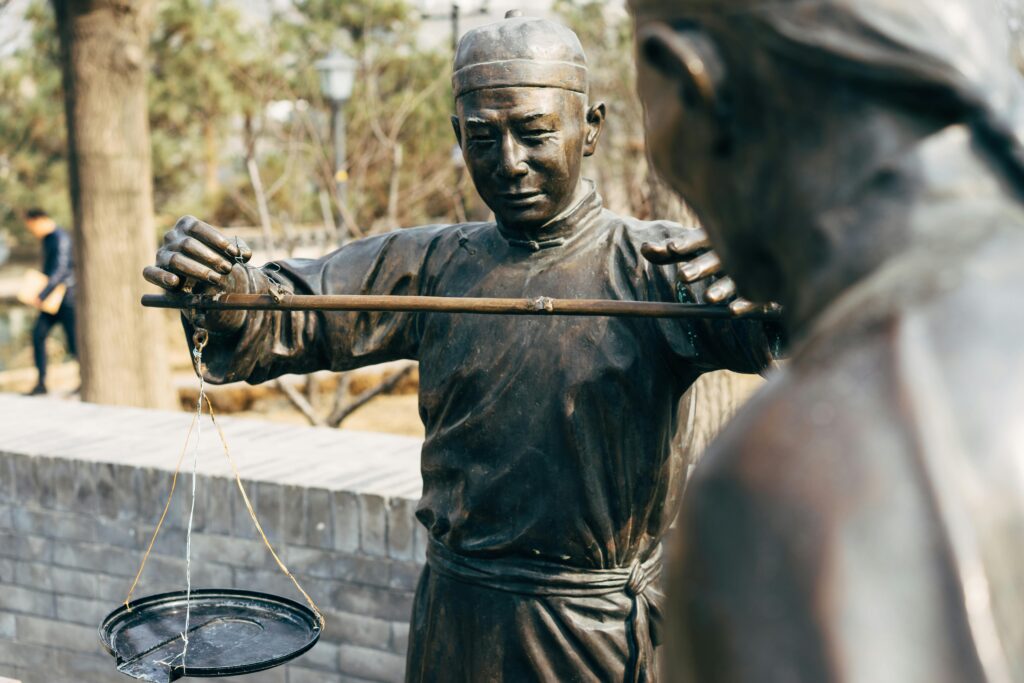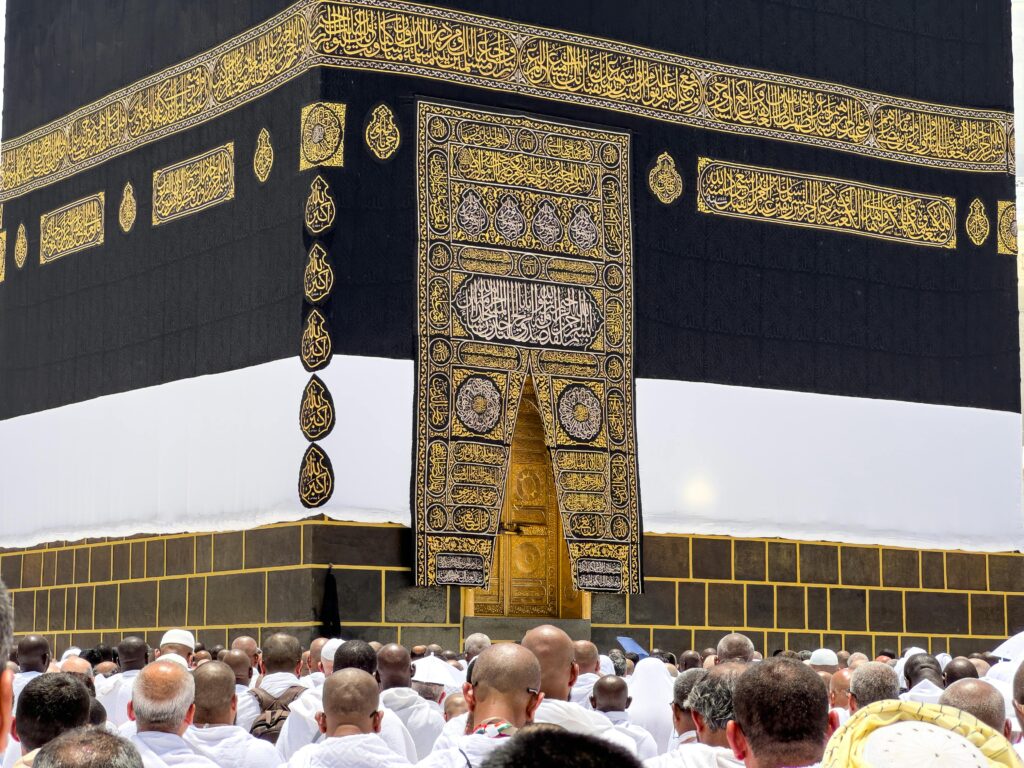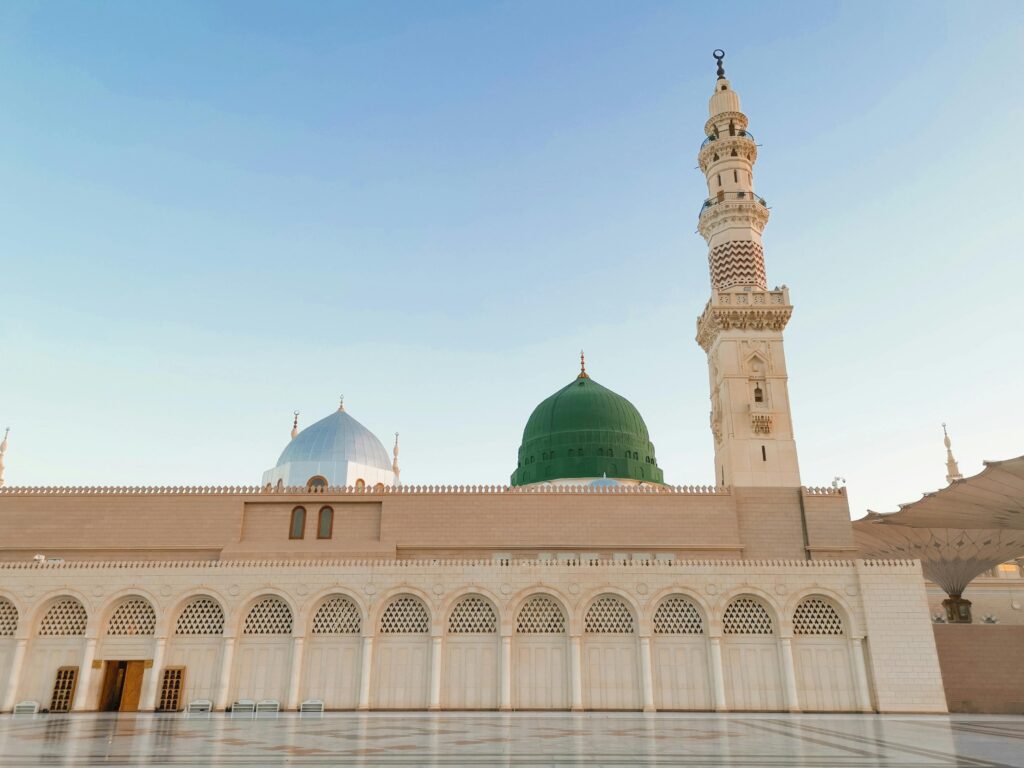The history of Islam spans over 1,400 years, from its origins in the 7th century CE to its modern expressions. Below, I’ll outline key aspects of classical Islam (7th–13th centuries) and modern Islam (19th century–present), addressing their historical contexts, developments, and differences, followed by reliable sources and an image description. Since you requested a picture, I’ll describe a relevant historical image, as I cannot directly embed or generate images.
Classical Islam (7th–13th Centuries)
Origins and Early Development:
- Prophet Muhammad and the Birth of Islam: Islam began in 610 CE when Muhammad, born around 570 CE in Mecca, received his first revelation from the Archangel Gabriel. These revelations, compiled in the Qur’an, emphasized monotheism and submission to Allah. By 622 CE, Muhammad’s migration (Hijra) to Medina marked the start of the Islamic calendar. He unified Arabian tribes under Islam, and by his death in 632 CE, much of Arabia was Muslim. Read More
- Rashidun Caliphs (632–661 CE): The first four caliphs—Abu Bakr, Umar, Uthman, and Ali—expanded Islam into Syria, Egypt, Iraq, and Persia. This period saw the compilation of the Qur’an and the establishment of Islamic governance. The Sunni-Shi’a split emerged over leadership disputes, with Shi’as supporting Ali and his descendants. Read More
- Umayyad and Abbasid Dynasties: The Umayyad Caliphate (661–750 CE) expanded into North Africa, Spain, and Central Asia. The Abbasid Caliphate (750–1258 CE) ushered in the Islamic Golden Age, marked by advancements in science, medicine, mathematics, and philosophy. Figures like Avicenna (medicine), Al-Khwarizmi (algebra), and Ibn al-Haytham (optics) made significant contributions. Read More….
- Cultural and Religious Features: Classical Islam emphasized the Qur’an and Hadith as core texts, with practices like the Five Pillars (faith, prayer, charity, fasting, pilgrimage). Sufism, a mystical branch, and Islamic jurisprudence (fiqh) developed, shaping religious and social life. Read More….
Modern Islam (19th Century–Present)
Colonialism and Reform:
- European Colonialism: By the 19th century, European powers colonized much of the Muslim world, including the Ottoman Empire’s territories, Mughal India, and North Africa. This led to political decline and sparked reform movements. Read More….
- Islamic Modernism: Thinkers like Muhammad ‘Abduh and Jamal al-Din al-Afghani advocated reconciling Islamic values with modern institutions like democracy. The Ottoman Tanzimat reforms (19th century) codified sharia into the Mecelle civil code, blending tradition with European legal models. Read More….
- Salafism and Revivalism: Movements like Wahhabism (18th century, Saudi Arabia) and the broader Salafi movement called for a return to early Islamic practices, rejecting later traditions. These influenced modern political Islam, including the Muslim Brotherhood. Read More….
20th–21st Century Developments:
- Decolonization and Nation-States: The 20th century saw independent Muslim-majority nations emerge, such as Pakistan, Indonesia, and Egypt. The 1979 Iranian Revolution established a Shi’a Islamic Republic, contrasting with secular states like Turkey. Read More….
- Globalization and Challenges: Modern Islam faces debates over sharia’s role, human rights, and secularism. Islamist movements, like the Muslim Brotherhood or AK Party in Turkey, seek political influence, while groups like ISIS push extremist interpretations, though these are widely rejected. Read More….
- Diversity and Diaspora: With 1.8 billion Muslims worldwide, Islam is diverse, spanning Sunni (90%) and Shi’a (10%) sects, with significant populations in Indonesia, Pakistan, and India. Muslim communities in the West grapple with integration and identity. Read More….
Key Differences:
- Political Structure: Classical Islam was unified under caliphates; modern Islam operates in diverse nation-states with varying governance (secular, theocratic, monarchic).
- Intellectual Output: The Golden Age focused on universal scholarship; modern Islam emphasizes reform and adaptation to globalization.
- Global Reach: Classical Islam spread through conquest and trade; modern Islam grows via migration, media, and conversion. Read More….
Reliable Sources
- Encyclopaedia Britannica: Offers detailed, scholarly articles on Islamic history and modern developments. https://www.britannica.com/topic/Islam
- History of Islam (historyofislam.com): An encyclopedia by scholars like Dr. Nazeer Ahmed, covering global Islamic history. https://historyofislam.com
- Metropolitan Museum of Art (Heilbrunn Timeline): Provides art and historical context for early Islam. https://www.metmuseum.org/toah/hd/isla/hd_isla.htm
- Internet History Sourcebooks Project (Fordham University): Curates primary sources for classical and early modern Islamic history. https://sourcebooks.fordham.edu
Image Description
A relevant image is a folio from a Majma‘ al-Tavarikh (Compendium of Histories), depicting “Muhammad’s Call to Prophecy and the First Revelation” (ca. 14th century). This Persian manuscript illustration shows Muhammad, often veiled to respect Islamic artistic traditions, receiving revelations from the Archangel Gabriel on Mount Hira. The scene is framed with vibrant colors—blues, golds, and reds—with Arabic calligraphy detailing the event. Such images, rare but significant, were commissioned for Muslim audiences to narrate the Prophet’s life. This can be viewed on the Metropolitan Museum of Art’s website: Read More….
Classical Islam (7th–13th Centuries)
- Foundation: Began with Prophet Muhammad’s revelations in 610 CE in Mecca. The Qur’an and Hadith became central texts. The Hijra (622 CE) to Medina established the first Muslim community.
- Expansion: Rashidun (632–661 CE) and Umayyad (661–750 CE) caliphs spread Islam to Persia, North Africa, and Spain. The Abbasid Caliphate (750–1258 CE) marked the Islamic Golden Age, with advancements in science (e.g., Al-Khwarizmi’s algebra) and philosophy.
- Practices: Five Pillars (faith, prayer, charity, fasting, pilgrimage) and sharia (Islamic law) shaped society. Sufism and Sunni-Shi’a divisions emerged.
Modern Islam (19th Century–Present)
- Colonial Impact: European colonization weakened Muslim empires (e.g., Ottoman, Mughal). Reformers like Muhammad ‘Abduh pushed for modern education and governance.
- Movements: Salafism (e.g., Wahhabism) sought a return to early practices. Political Islam (e.g., Muslim Brotherhood) and the 1979 Iranian Revolution shaped modern states.
- Global Context: 1.8 billion Muslims live in diverse settings, from Indonesia to Europe. Issues like secularism, human rights, and extremism spark debates.
Chart: Key Periods in Islamic History
Below is a chart visualizing major eras in Islamic history, highlighting Classical and Modern periods.

Note: The chart uses a simplified metric (number of key developments, e.g., Qur’an compilation, scientific advancements, reforms) for illustration. Actual historical impact varies.
Reliable Website Links
- Encyclopedia Britannica: Comprehensive entries on Islamic history. https://www.britannica.com/topic/Islam
- History of Islam: Scholarly encyclopedia with global perspectives. https://historyofislam.com
- Metropolitan Museum of Art: Art and historical timelines for early Islam. https://www.metmuseum.org/toah/hd/isla/hd_isla.htm
- Oxford Islamic Studies Online: Academic resource for classical and modern Islam (subscription-based but often accessible via libraries). http://www.oxfordislamicstudies.com
Image Description
A relevant image is a 9th-century Qur’an folio in Kufic script from the Abbasid period, housed in the Metropolitan Museum of Art. This parchment page features bold, angular Arabic calligraphy in black ink, with gold and red diacritical marks. It represents the Qur’an’s early written form, a cornerstone of Classical Islam. View it here: https://www.metmuseum.org/art/collection/search/451384




